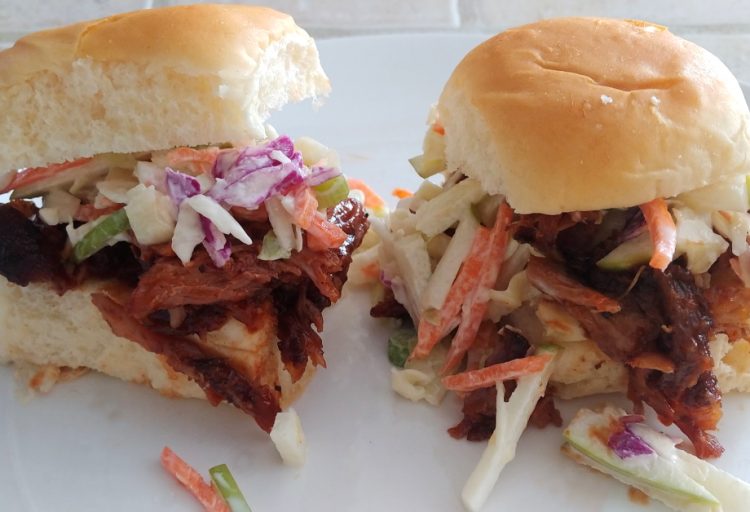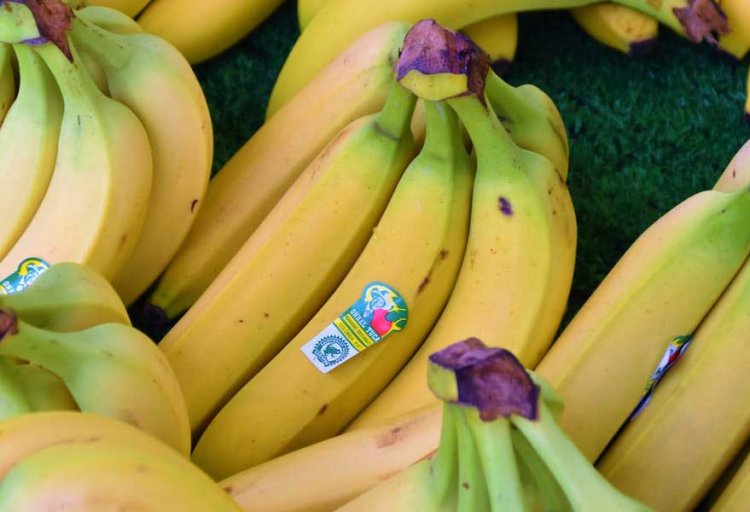Have you ever rolled up to a large, holiday family meal or a potluck just dreading the food because you just know that Aunt Debra or Doug, from down the road, has brought something that tastes like cardboard and, when they’re not looking, you’re going to have to just salt and pepper it to death? Me too. Church potlucks are how I found out that someone can, in fact, make macaroni and cheese with no flavor—not even cheese flavor. My aunt taught me that there are people out there who make stuffing that tastes only of stale bread and prefer it that way *shudders*.

Photo by alleksana : a photo of assorted herbs artfully arranged on a wooden surface.
I love food. Food is an experience. The cooking, the smell, the taste, the texture, the feeling of having your hunger sated by something delicious; I love all of it. So, I, for one, cannot abide bland, flavorless food (unless I’m sick, in which case, I do it because I have to—damned BRATT diet). Enter herbs, spices, and seasonings! Like Jennifer and David turning Pleasantville technicolor, herbs and spices bring our food landscape to life! National Herbs & Spices Day celebrates these culinary miracle workers and honors their world-shaping history.

Photo by Ahmed : a photo of various spices, mounded high above their containers, in a market. Shelves of boxed products and a refrigerated case with packages of meat are in the background.
Okay, so I went into this with a question that I’ve always had in the back of my head—one of those that as soon as you realize it’s there you’re not able, for whatever reason, to look it up and, then, when you are, the question seems to have gone *poof!*, you know the ones: what exactly is the difference between an herb and spice? Interestingly, if sometimes frustrating, the answer was kind of obvious once I saw it explained: the Farmer’s Almanac has it neatly sorted into herbs as the leafy part of the plant and spices being some or all the other parts—seeds, roots, bark, buds, flowers—and a plant typically only gives us one or the other. There are some outliers, sure, but it’s kind of like how in early English-language classes we learn that the vowels are A, E, I, O, U, and sometimes Y. The place of origin can also be an indicator, most of the time: herbs, like rosemary and oregano, are grown in temperate areas, while spices—think ginger and cinnamon—most often come from more tropical climates.
Sugar has historically been considered a spice. Well, it depends on who you ask but technically it is a spice: however processed it may or may not be, sugar is derived from the non-leafy part of a plant and, assuming we’re talking about sugar cane, it is native to more tropical/subtropical climates. As with so many resources from more tropical climates, sugar—and spices, altogether—has been intertwined with chattel slavery. The triangular trans-Atlantic trade saw enslaved Africans traded to North American and the Caribbean to work sugar plantations, sugar exported to ports in North America and Europe, and guns and textiles shipped to Africa to trade for gold and for enslaved people.

Photo by James De Mers : a photo of a field of green sugar cane foregrounded by fruiting trees.
Long before the sugar trade pushed European colonizers west—in fact, well before European colonizers—there was a bustling spice trade that, for centuries upon centuries, saw spices and textiles move east and enslaved people move west along Eurasian and Indian Ocean trade routes, the best known of which is the Silk Road. While named for the much-desired Chinese silk, the Silk Road was imperative to spice trading. Saffron—the most expensive spice in the world—varieties of cinnamon, turmeric, ginger, frankincense, cumin, myrrh, and so on were all traded along the Silk Road, as well as other ancient trade routes. Arab spice traders operating in hubs along these trade routes are said to have conjured up fantastic stories in an effort to protect their space in the market and ward off competitors by hiding the true origin of the spices. European colonizers, particularly the British and the Dutch, eventually overtook the traditional Indian Ocean trade routes. In fact, it is largely Britain’s chasing profits along those routes that built the British Empire, kicked off by the desire for black pepper. It was through corporate entities like the East India Company that British colonialism visited shores all along the east Asian and south Asian seas.

Britain, I guess. – a gif from a film adaptation of Frank Herbert’s Dune, showing well-dressed, imperious women walking down a short set of stairs and off-screen. The superimposed caption reads, “He who controls the spice controls the universe.”
These days, I routinely use spices that had long been considered precious commodities and I recognize that the histories of many of those spices are violent because they were, and are, considered so valuable. The international spice trade has made it so that I can walk down a grocery store aisle and readily find spices that were luxuries, spices that built empires—black pepper, cinnamon, saffron—as a matter of course. And, unlike green, leafy herbs, there are many spices that I would not recognize as they occur in nature—I did not know that black pepper, a spice so many take for granted, was the fruit of a flowering vine until I was in my late twenties.

Photo by Kata Santy : photo of a vining pepper plant focused on peppercorn fruits hanging from the vine in an elongated bunch.
The spice trade continues to evolve with companies like Burlap & Barrel, Penzeys, and Diaspora Co., among many others, becoming increasingly well-known. Each of them are trying to build a more just world by way of their spice trading, through social justice advocacy, paying fair prices, selling single-source spices, or through ensuring that their spices are ethically sourced by keeping their supply chain as direct as possible. Hopefully, their approaches will become industry-standard, making the spice trade a more equitable exchange, rather than an exploitative one. Though their spices are more expensive, they taste better and, particularly with single-source spices, they can teach us more about the flavors we enjoy—did you know that there are four types of commercially-grown cinnamon and that we in the United States mostly ever taste one of them.

Photo by Seksak Kerdanno : a photo of fresh mint leaves in and next to a white mortar with pestle on a light wood surface. Two small vials of yellow-orange liquid, one uncorked, sit beside the mortar and a portion of folded burlap is in the background.
Used as medicines, in religious rites, in magic, and in food preservation and preparation, herbs and spices have been shaping our world for millennia. Spices stimulated trade between cultures and, for better and for worse—really worse—kicked off European exploration and colonization. Spices are inextricably linked to our global story, our collective history. Spices and herbs are also a part of our personal histories—from secret, family recipes to large community feasts to that one comfort food we crave on a bad day to finding out the hard way that you have that gene that makes cilantro taste like soap. These little bits of plants inform so much about us and that is certainly worth honoring.
Happy National Herbs & Spices Day, y’all! Treat yourself to a flavor you love!











Leave a Reply